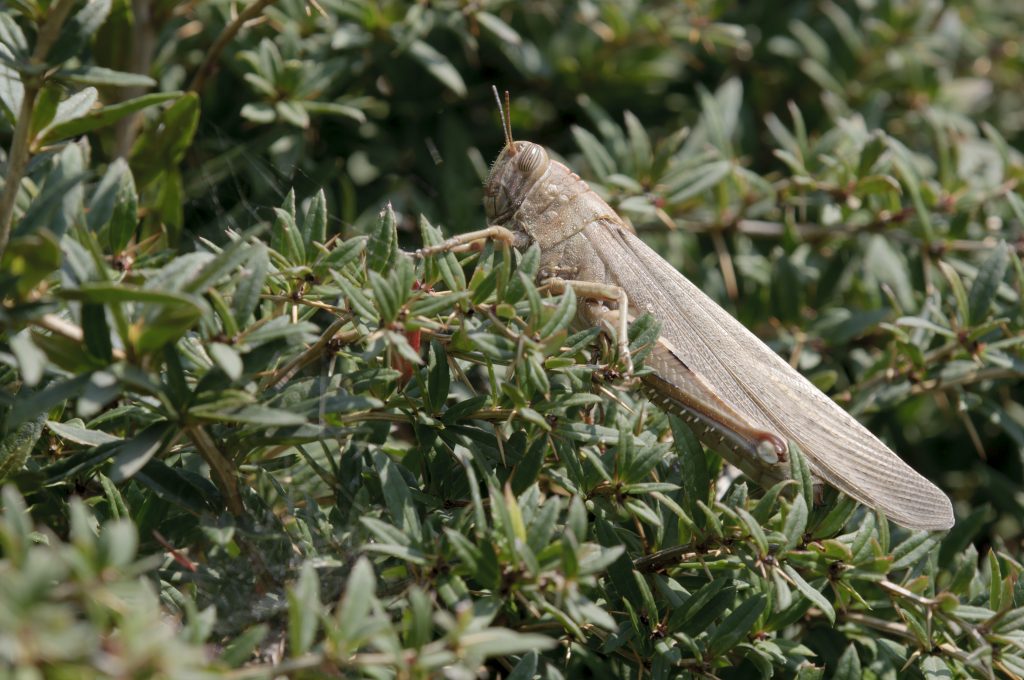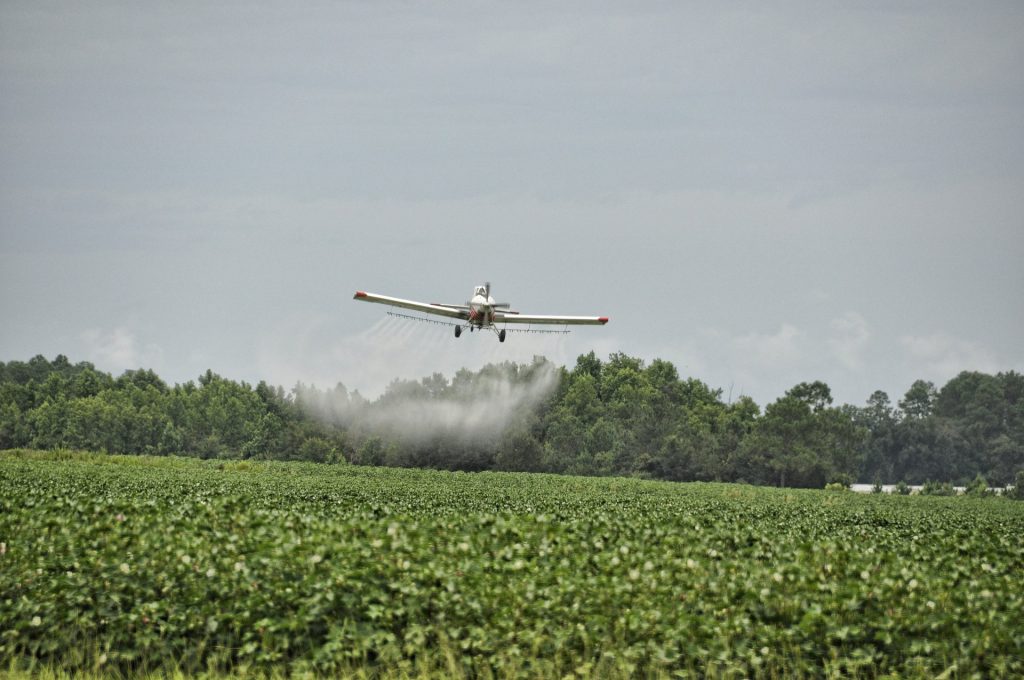
Locusts swarm East Africa
When you see the news going around that East Africa is being ravaged by enormous swarms of locusts, your first thought is most likely the Bible story of the Egyptian Pharaoh who was punished by god with, among other things, a plague of locusts.
But is what’s happening in East Africa right now comparable to the biblical myth? Are swarms so large that they blot out the sun even possible? Where do they come from and why do they swarm like that? And just how much damage can they do?

Let’s start with why they’re a problem. Locusts can eat a lot of food, and when they swarm, the sheer number of locusts, combined with their voracious appetites means that they are capable of quickly decimating farmers’ crops. That means farmers losing serious money, and leaving us with a potentially critical shortage of food.
And these swarms can become enormous. When conditions are just right, normally humid and just after heavy rains, Locusts are can be born in enormous numbers. This is when something incredible happens. Locusts are actually solitary animals, but when surrounded by enough of their own kind, their bodies start to produce enough serotonin that they actually physically and psychologically transform into social, swarming creatures that actually seek out the company of other locusts.
This transformation is so dramatic that locusts will not only change color, but strengthen certain muscles so that they can stay airborne for longer. The initial groups of locusts that emerge and begin to swarm are called ‘outbreaks’. Merging outbreaks become upsurges, and when upsurges merge, the swarm is then classified as a plague.
Plagues of locusts can be truly enormous. The largest ever recorded swarm, in 1875 in the United States, reached over 2800km long, and 177km wide. That’s the distance you would cover driving from Cape Town to Johannesburg, and back again. Plagues don’t need to be nearly that big to have an impact though, a plague even a tenth of that size could still annihilate food supplies for millions of people.
This is why the current swarm in East Africa is such a big deal. 700 000 hectares are already infested in Kenya alone. Swarms have been spotted in multiple East African countries, even as far west as the Congo, which last had an infestation during the second world war. They’re not only affecting Africa either, swarms have been reported in both Saudi Arabia and Iran. While it’s impossible to count them all, they are at an estimated population of 192 billion locusts, and they’re laying eggs. That means that this number will likely multiply even more unless serious action is taken.
So how do we deal with this? Aerially sprayed pesticides are the only real option at this stage. Ideally, proper prevention and monitoring would prevent swarms this large ever forming, but many countries in East Africa have recently had bigger problems to deal with than look out for locusts. Al-Shabaab continues to terrorise Somalia for example.

Many East African countries such as Somalia and South Sudan are already battling food insecurity as terrorism and civil war make farming enough to feed the population difficult already. The locusts can only make the situation worse.
For now, all farmers can do is spray the pesticides they have, and ride out the storm, but this situation highlights why it is so important to predict threats to our food security, and deal with them before they become unmanageable.